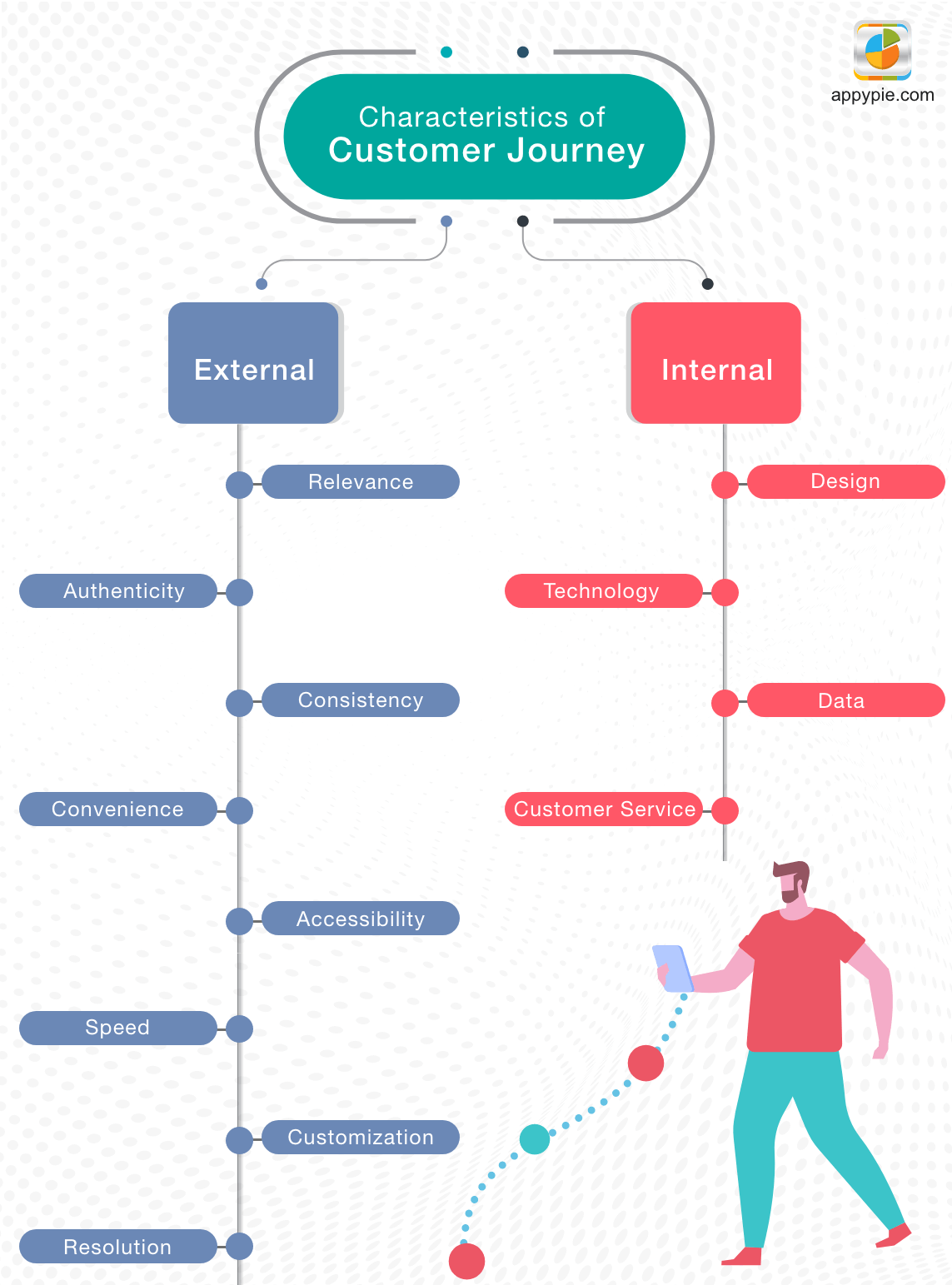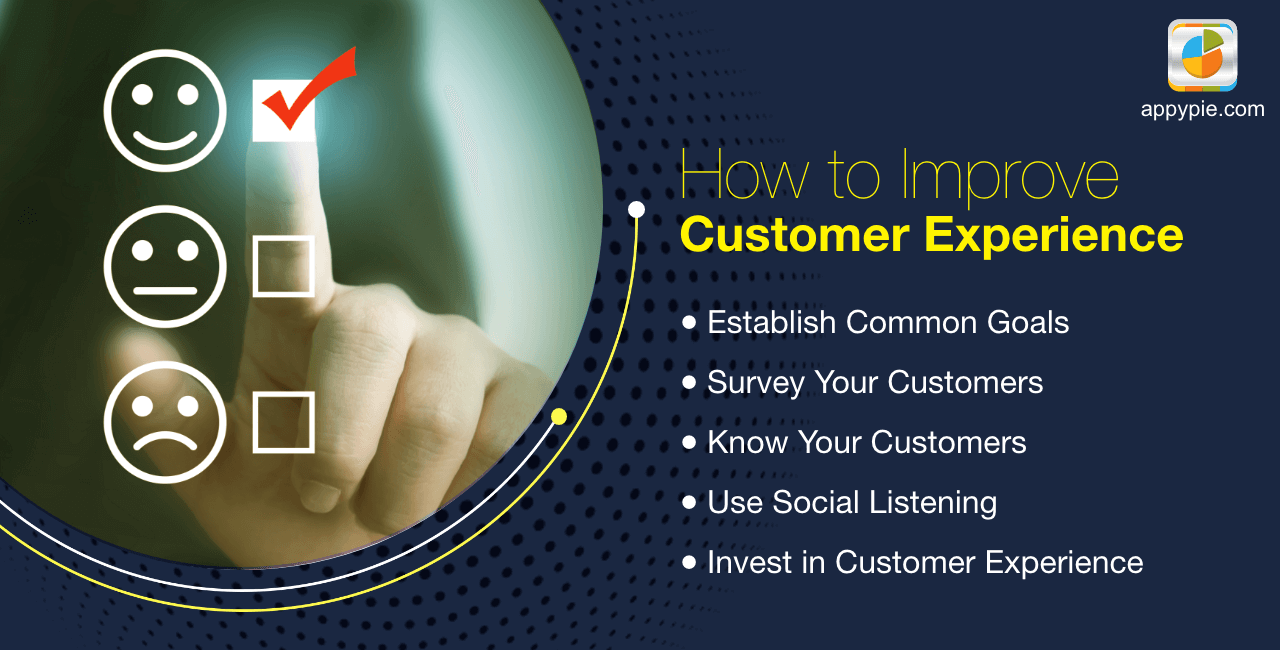Customer Experience: A Beginner’s Guide

Not too long ago, businesses could win customers over by competing on price. Empires arose out of manufacturing plants that focused on cost-cutting and creating a viable product at the minimum cost.
Brands like Target and Walmart epitomized the low-cost strategy, sacrificing service in the process. That continues to work, but, subject to the condition that the business must hit peak volumes. Such an approach isn’t right for most companies. For them, the keyword is ‘customer service’.
What is Customer Experience?
A customer experience or consumer experience is essentially the impression you make on your customer thus shaping the opinion of the customers about your business and brand, all through their consumer journey. There are numerous touch points which occur on a cross-functional basis, that contribute towards the entire customer experience. The idea or matter of consumer experience has started featuring in conversations for the brands who place quality over quantity. It is natural for you, as a customer to talk about the good customer experience and bad customer experiences you may have had in the recent times. Hence, you must consider the fact that your customers too are talking about the experiences they are having with your business.Why is Customer Experience Important?
Exposure to all the information in the world, via the Internet, has made consumers more aware than before. This awareness brings with it the expectation of better customer experiences. Companies that fail to meet their standards are peppered with negative reviews, warning other consumers to avoid bad service.Good customer experience helps your business stand out among its peers. It’s more than a mere suggestion; it is a necessity. 64 percent of consumers find consumer experience more important than pricing to encourage purchases. So how can your business recognize customer experience opportunities and develop a personalized Customer Experience of its own? Find out below:What Makes a Positive Customer Experience Strategy?
Consider two major sets of characteristics when devising your customer experience strategy. External - To increase your visibility among customers. Internal - For the operational effectiveness of your company. While this is not a complete list, these focal areas cover important features capable of making or breaking your overall customer experience.
While this is not a complete list, these focal areas cover important features capable of making or breaking your overall customer experience.External
Relevance: Find out whether you’re delivering value to customers and whether you’re responding to all their questions.
Authenticity: Develop authority in your industry, so your customers place their trust in your business.
Consistency: Ensure you deliver the same level of experience across the board.
Convenience: Your customer experience should be convenient, even more so than the competition.
Accessibility: Make sure your platform (website or app) is easy to navigate, and customers can gain access with minimal effort.
Speed: Offer speedy services that meet or exceed customer expectations and surpass your competition.
Customization: Personalize your content by researching your customers’ preferences so that it improves the experience.
Resolution: Remove all obstacles in the customer journey, so they get access to the resources they need to resolve issues.
Internal
Design: The layout and functionality of your business application and website must be customer-centric.
Technology: Deliver an integrated experience and increase efficiency with the help of chatbots.
Data: Collect and use customer data effectively to optimize your strategy and improve the customer experience.
Customer Service: Plug all holes in your customer service model so that it proactively anticipates and meets consumer needs.
Why Do You Need to Build Solid Customer Experience?
Once customers get a taste of the customer experience provided by your company, you will enjoy greater customer retention and loyalty. That will impact the bottom line directly. Acquiring new customers is five times costlier than retaining customers. What’s more, existing shoppers are 60-70% likelier to purchase a new product from you, as compared to a new prospect who's yet to buy from you. That’s why you should focus on retaining customers; it’s a lot cheaper than looking for new ones. Consumers who have consistently great experiences with your business can assume the role of brand advocates. Their proactive word-of-mouth can prove invaluable for your business. After all, advocates narrate their positive shopping stories before being asked and promote the brand directly. Data indicates that advocates make a considerable impact on businesses. A survey by HubSpot reveals that 81 percent of consumers consider recommendations from family and friends when it comes to brands. Praises from advocates fit the bill perfectly. Get more revenue thanks to brand retention, advocates, and loyalty. Research by Bain suggests a 4 to 8 percent increased revenue over companies not investing in consumer experience. Similarly, Forrester shows that publicly traded investing in customer experience enjoyed higher total returns and higher growth in stock price. That counts for something, right? So, devote some of your energy towards brand advocates to avoid missing valuable word-of-mouth marketing. After all, if you don’t reap the benefits of your customer experience strategy, it’s time to take a closer look at its foundation.Develop a Positive Customer Experience
- Map the Customer Journey
- Value Customer Feedback
- Keep Internal Stakeholders in the Loop
Every customer journey should be mapped in detail. Create a visualization of each customer interaction with your business, both upfront and behind-the-scenes. This even includes indirect interactions that begin before the customer comes in direct contact with your brand and continues after they complete a purchase. Remember, these moments serve as opportunities to over-serve buyers and surpass their expectations.Focus on achieving a high overall rating. Stay consistent, no matter which channel your customer is using to interact with your company. Provide the same positive experience, whether it’s over the website, phone, or social media channels. Inconsistencies and gaps in services may frustrate or confuse customers and drive them towards your competitors.
Collect customer feedback regularly to understand the gaps in your service area. Analyze pain points to provide practical solutions and boost what your business does best. Customer feedback is an accurate mode of understanding how you can meet their needs better. Remember, you will not know what needs work until you ask.
Your employees have different perspectives and interact differently with your customers. For example, your sales personnel are usually the first point of contact, offering direct information about services and products while interacting with prospective buyers. Thus, they are mainly responsible for your business’ first impression.
Customer service representatives attend to emails, calls, and chats from customers who either have problems or questions that need to be resolved post-purchase. Record the interactions and use them for developing a customer experience that is ideal for both customers and employees.
When you include employees in the customer experience journey, you ensure important details are not missed. It also highlights how valuable they are to the company. This process led to great results for McKinsey & Co. They included employees when designing their customer experience and experienced an engagement boost by up to 20 percent.Improve Customer Experience
Want to improve your organization’s middling customer experience? Here’s where you start:- Establish Common Goals
- Survey Your Customers
- Know Your Customers
- Use Social Listening
- Invest in Customer Experience
Draw the entire organization’s focus towards realizing a common business purpose – one that will be monitored, prioritized, and measured. This connects every relevant decision involving the customer experience related to the central purpose.
This helps you understand the pulse of your existing customer experience strategy. Gather the data, analyze it, and implement the knowledge wherever required.
With the insights you received from customer data, understand their pain points, priorities, and values. Conduct surveys, gather feedback, organize focus groups, etc.to understand them and anticipate their needs.
It is essential to know what image your brand projects when you’re not in the room. It might surprise you! Take employee chatter and transform it into important changes for your business. Eliminate friction, streamline the communication process, and reduce response time across all platforms.
Adopt a new cultural mindset – one that does not view customer experience investments as an expense. Instead, it is an economic asset since it will contribute directly to your customers’ lifetime value.Concluding Remarks
Improving customer experience is harder than you think, irrespective of the industry you operate in. With the emergence of new technologies, customer expectations have changed, and companies need to innovate to make the necessary improvements and enjoy continued success. Customer experience design is a continuous endeavor, and the only way forward for companies to beat the competition and build a solid brand following. Adopt the strategies outlined in this guide to speed track your organization's customer experience improvement programs.Related Articles
- How App Developers Can Create the Best Mobile App?
- Best Notification Apps & Push Notification Software for Android and iOS
- 13 Best Telegram Bots in 2023
- Mauve Color: A Comprehensive Guide to Its History, Significance, and Stylish Combinations
- Why App Architecture is Important
- The Beginner’s Guide to Inspect Element in Chrome, Safari, & Firefox
- Unleashing the Beauty of Honeysuckle: The Color of Warmth and Joy
- Can Feedback Enhance Semantic Grounding in Large Vision-Language Models?
- Best Pixlr Alternative for Photographers and Designers
- Watermark-based Detection and Attribution of AI-Generated Content

